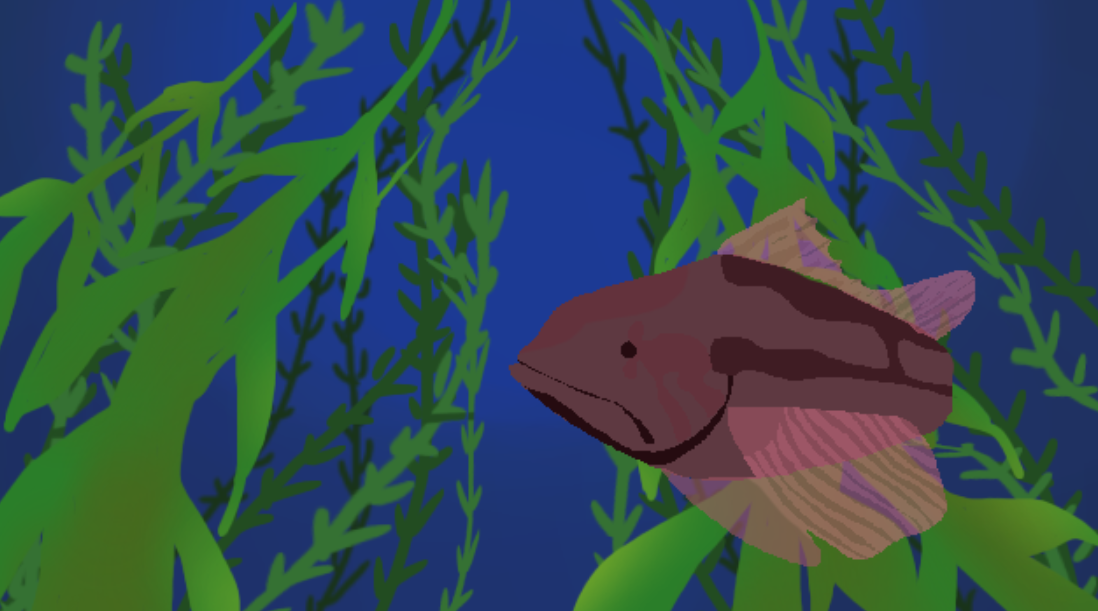Kelp forests are underwater jungles that provide a habitat for countless species. Kelp is a large brown algae that thrives in cold and nutrient-rich water. There are over 30 species of kelp and they cover around 25 to 30% of the world’s coastlines, but they predominantly grow on the Eastern Pacific Coast.
Kelp forests tend to grow on rocky shallow shores where nothing else grows. The hard waves and currents make it difficult for plants to grow, but kelp anchors onto rocks with holdfast (holds organisms like certain plants, algae, or lichens firmly to substrates or supporting structures) to keep them attached in order to withstand the harsh environment. Once attached, they can grow far above the rock floor with some species such as giant kelp growing up to 175 feet. They grow straight up thanks to gas-filled bladders (pneumatocysts), as they reach for the sun.
Their long and flexible stems help them absorb the ocean’s strong current, creating refuge for many marine species such as sea otters, sea lions and many other mammals and crustaceans. Kelp forests are considered among the most productive ecosystems with their nutrient-rich clear waters that can inhibit about 1,000 species of animals and plants. Kelp’s benefits also extend beyond its canopies. When a kelp dislodges from its holdfast, it continues to float in open water as a “kelp paddy,” providing shelter for many fish and invertebrates in the vast and open sea.
Kelp forest also greatly benefits humans directly. In fact, kelp forests alone produce an estimated 500 billion dollars in services, such as sequestering nitrogen and phosphorus from the oceans waters and around 4.5 millions tons of carbon dioxide from seawater each year, greatly improving the oceans water quality. Local economies, jobs, and fisheries also rely on the food that the kelp forests provide.
Kelp forests play a key role in the coast’s health. They not only provide much needed habitat and refuge for fish and other species among the harsh waves, but also provide jobs and support local economies. They are vital to the well-being of the ocean’s marine life as well as our lives.









